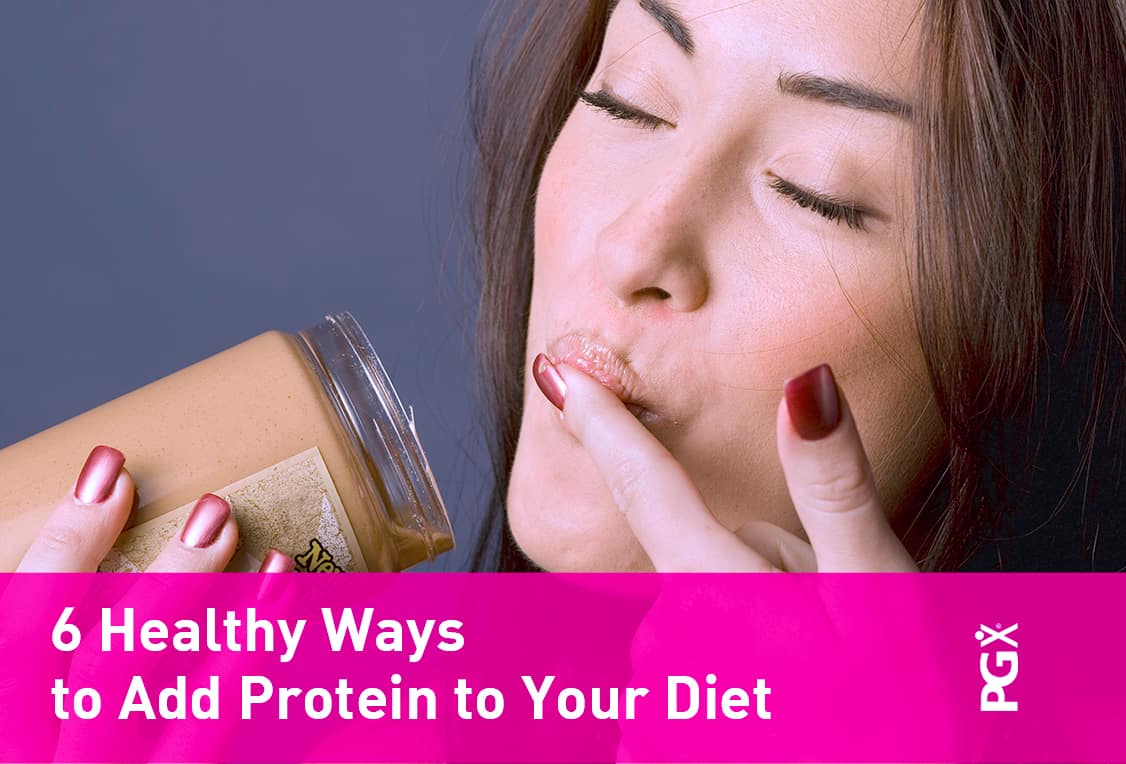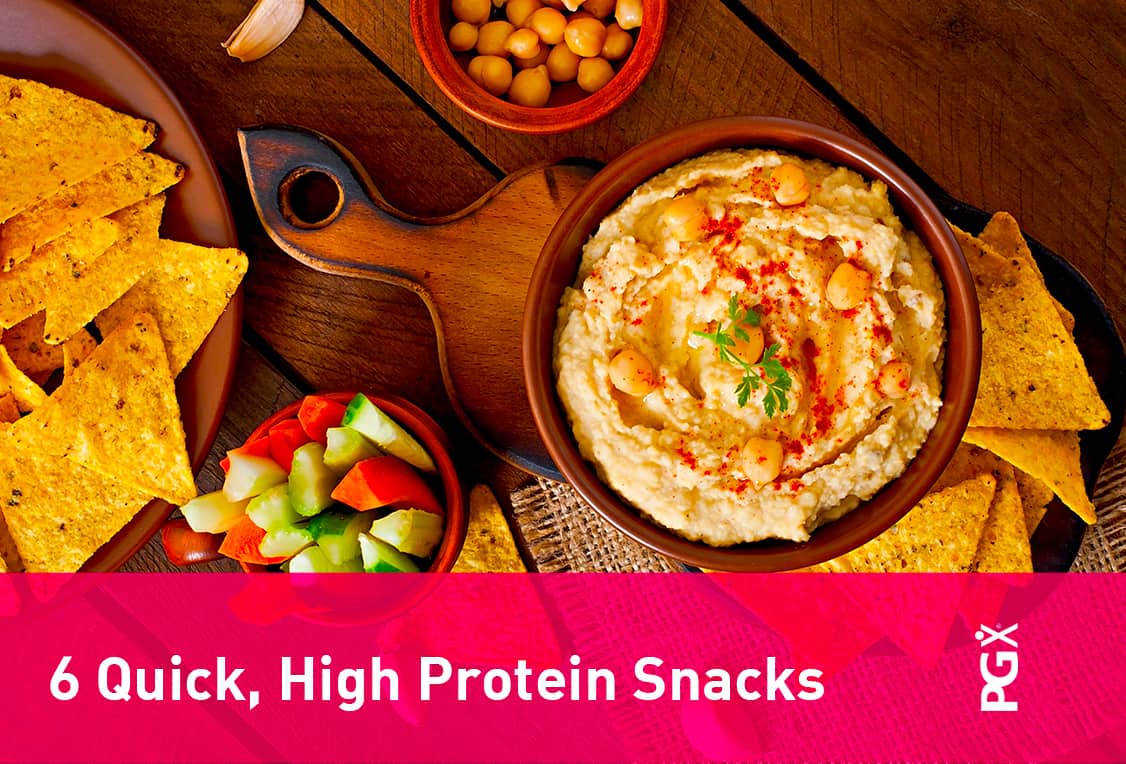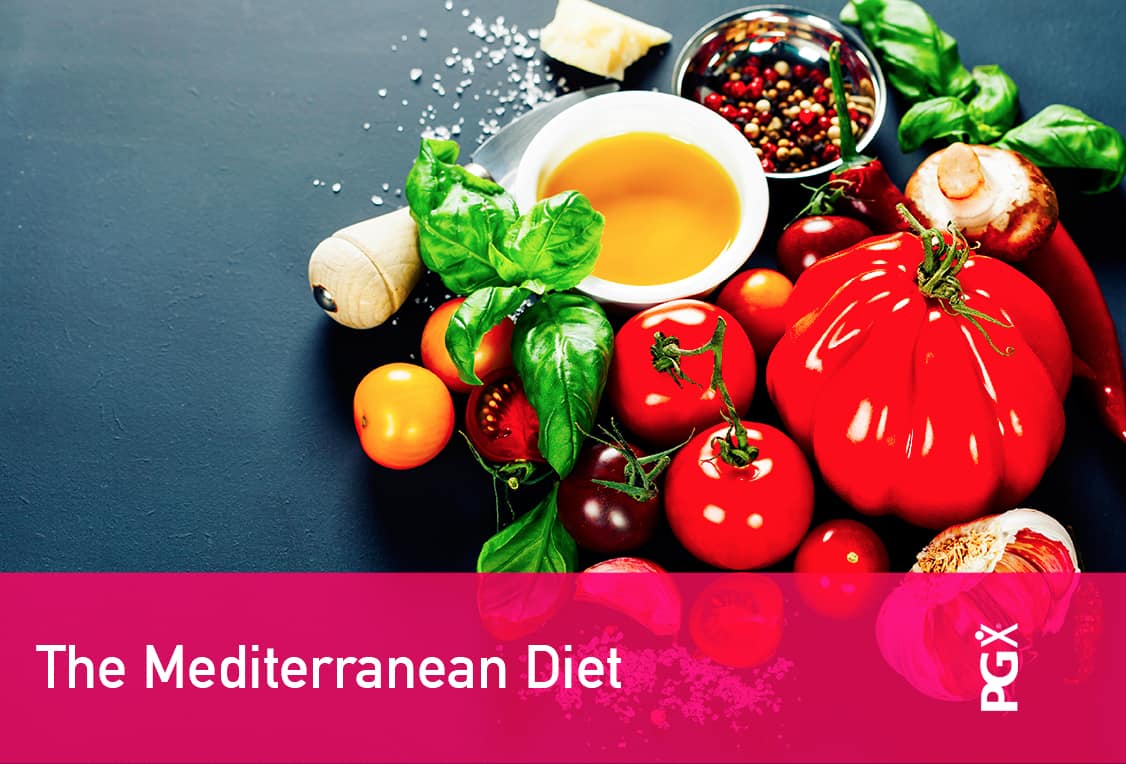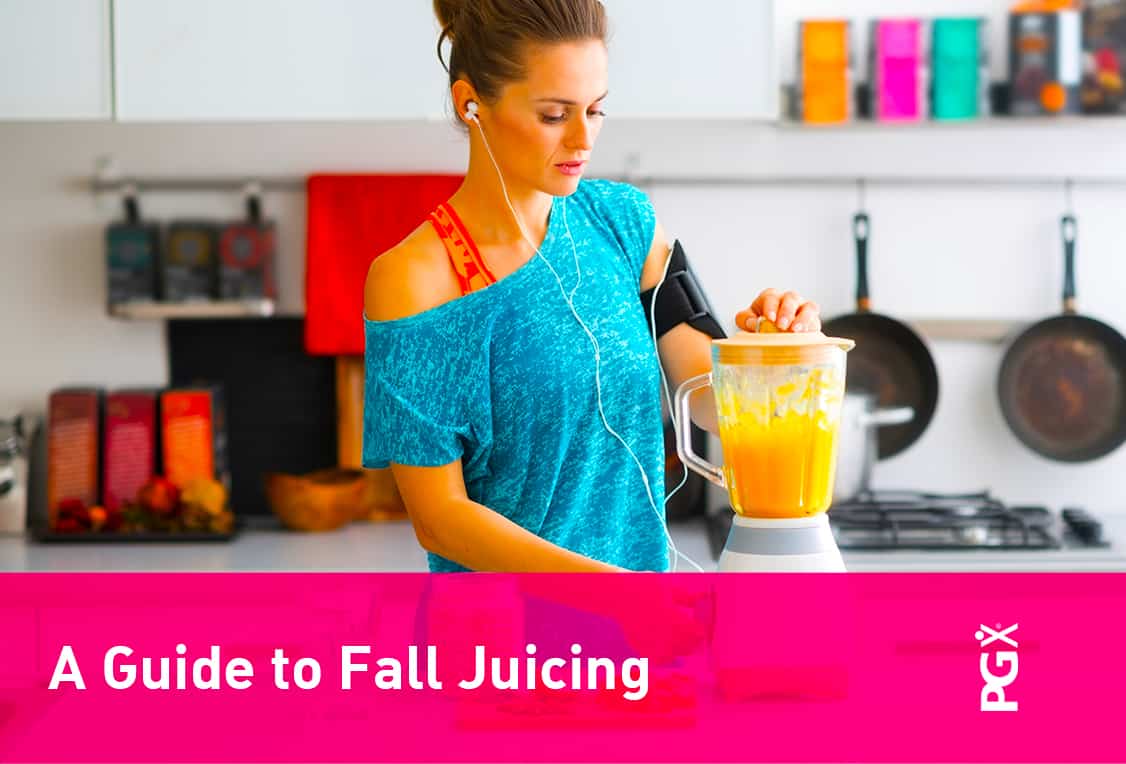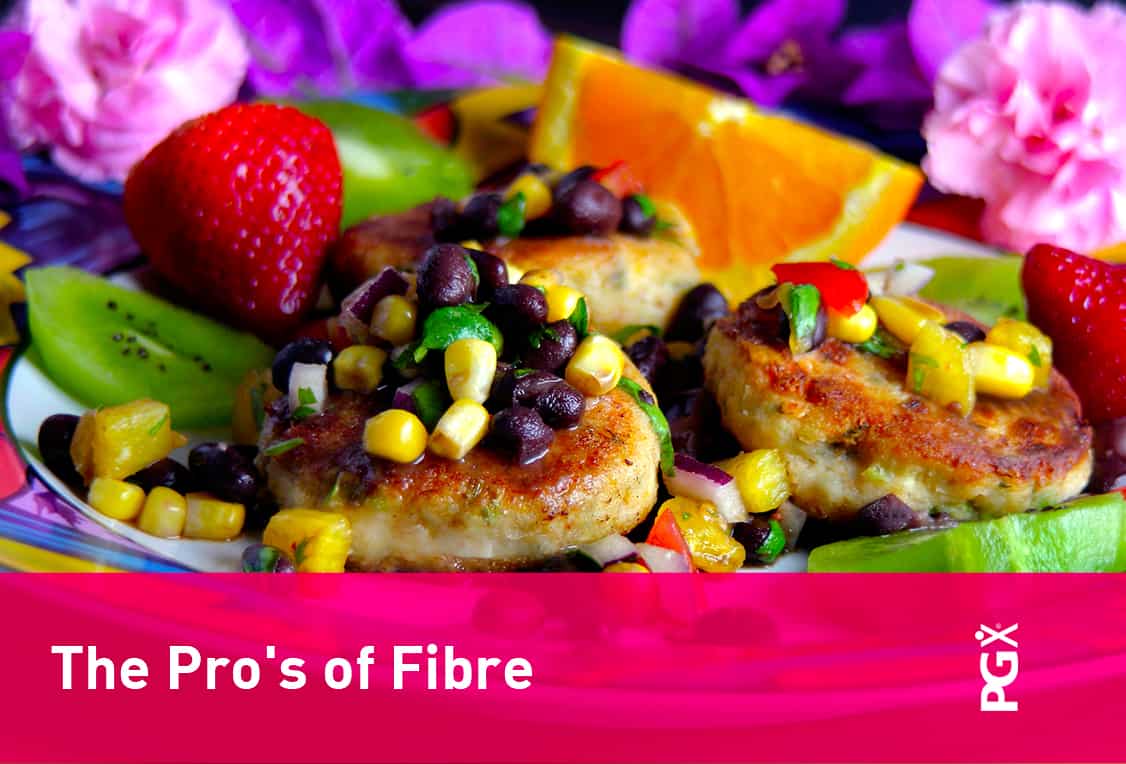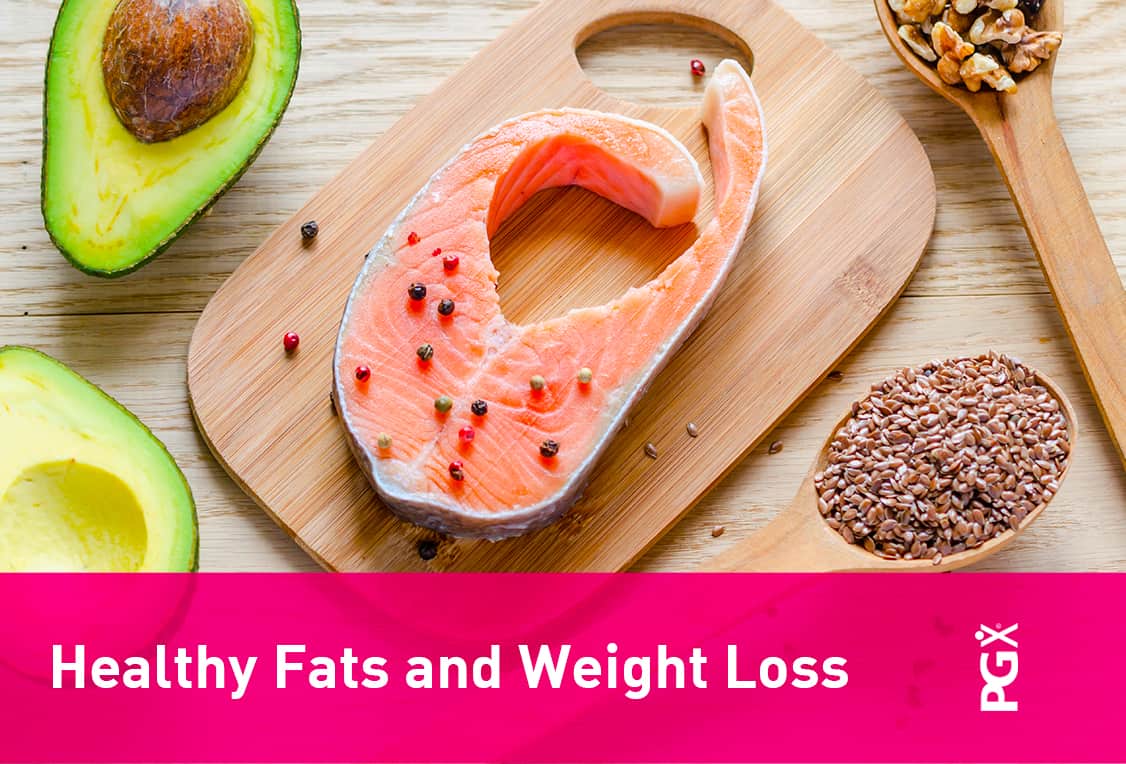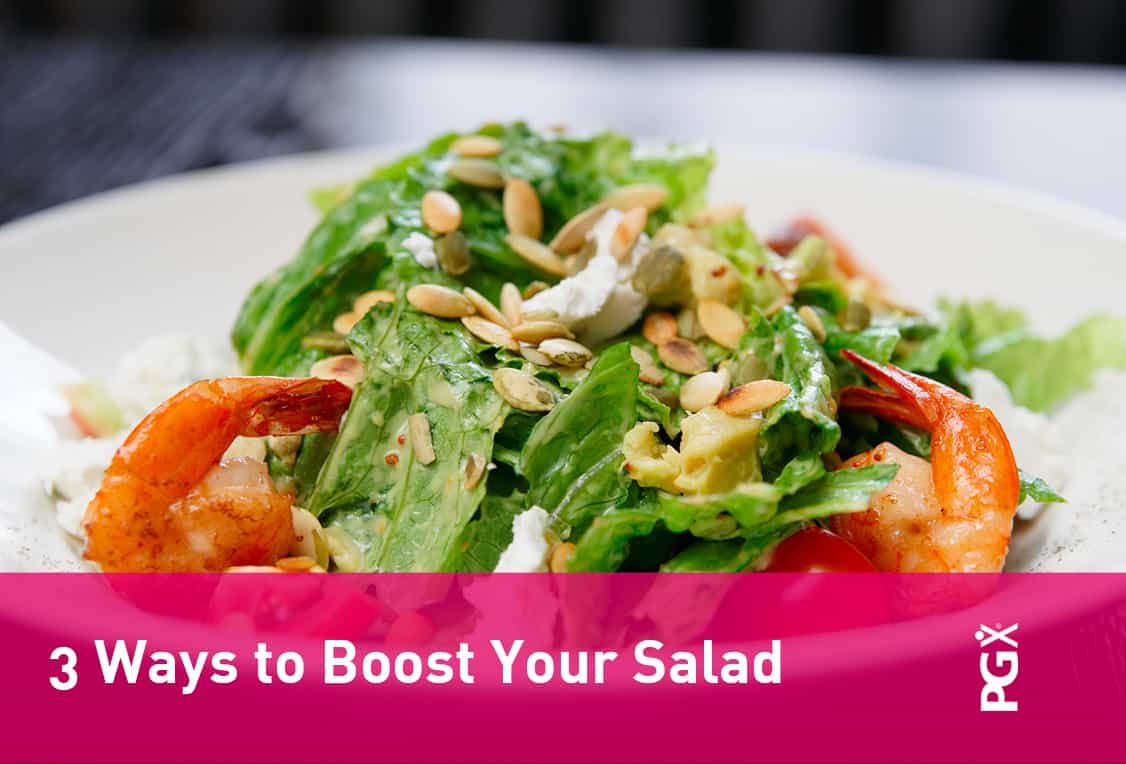When you think about what your body needs as fuel for physical activity, protein is probably something that comes to mind. This macronutrient is a component of every cell in your body, especially muscles, cartilage, skin, and blood, and you need it to build and repair tissue. Proteins are also vital for the multitude of enzymes, hormones, and other compounds that help your body function.
Your body can make some proteins but others must be obtained from your diet, and because we don’t store protein the way we do fats and carbohydrates, it’s important to put protein on our plate at every meal. It might even be vital to your weight loss goals. Protein can help curb hunger and cravings, fuel fat burning, promote muscle growth, and help you maintain a healthy weight.
Try these 6 delicious and nutritious ways to add protein to your diet:
1. Hempseeds
With 9 grams of protein in just 2 tbsp, hempseeds are a hearty protein boost that can be sprinkled on pretty much anything, like your morning fruit and yogurt, your lunch hour salad, or your dinner time veggie rice bowls.
2. Peanut Butter
Peanut butter is a quick, easy, and delicious way to add protein to your day.
It offers about 7 grams of protein in 2 tbsp – just make sure you seek out natural peanut butters without added salt, sugar, or oils. Try it on whole grain toast in the mornings, in smoothies, or with celery for a protein-packed snack.
3. Eggs
These little nutrition bombs contain a complete complement of the essential amino acids that the body uses to build proteins – as well as a host of other important nutrients, from B vitamins to brain-boosting choline. Scramble them in the morning, boil them for an on-the-go-snack, or bake them into healthy treats.
4. Chia Seeds
Chia seeds contain about 4 grams of protein in 2 tbsp of seeds, along with a hearty dose of fibre and healthy omega-3 fats. Chia seeds are more versatile than hempseeds – you can make a delicious pudding simply by soaking them in almond milk for a few minutes.
5. Green Peas
Surprised that these dinner plate regulars are a great source of protein? 1 cup contains 7.9 grams! Sure, you could have them as one of the standard “meat and two veg”, but peas also make a tasty addition to quinoa salad, omelettes, and – if you get them fresh – salads.
6. Protein Smoothies
Power up with protein drinks such as PGX® Satisfast. Each serving has 20 g of vegan protein to help keep you feeling satisfied between meals. You can add PGX to smoothies for a quick and delicious boost.
While there are different takes on how much protein you need every day, a good rule of thumb to follow is to have 20-30% of your daily intake of calories come from protein. That means if you consume 1800 calories a day, you’re looking at about 90 g of protein daily – plenty of opportunity to incorporate tasty, healthy proteins into your diet! Check out the PGX recipe page for a little protein inspiration!

